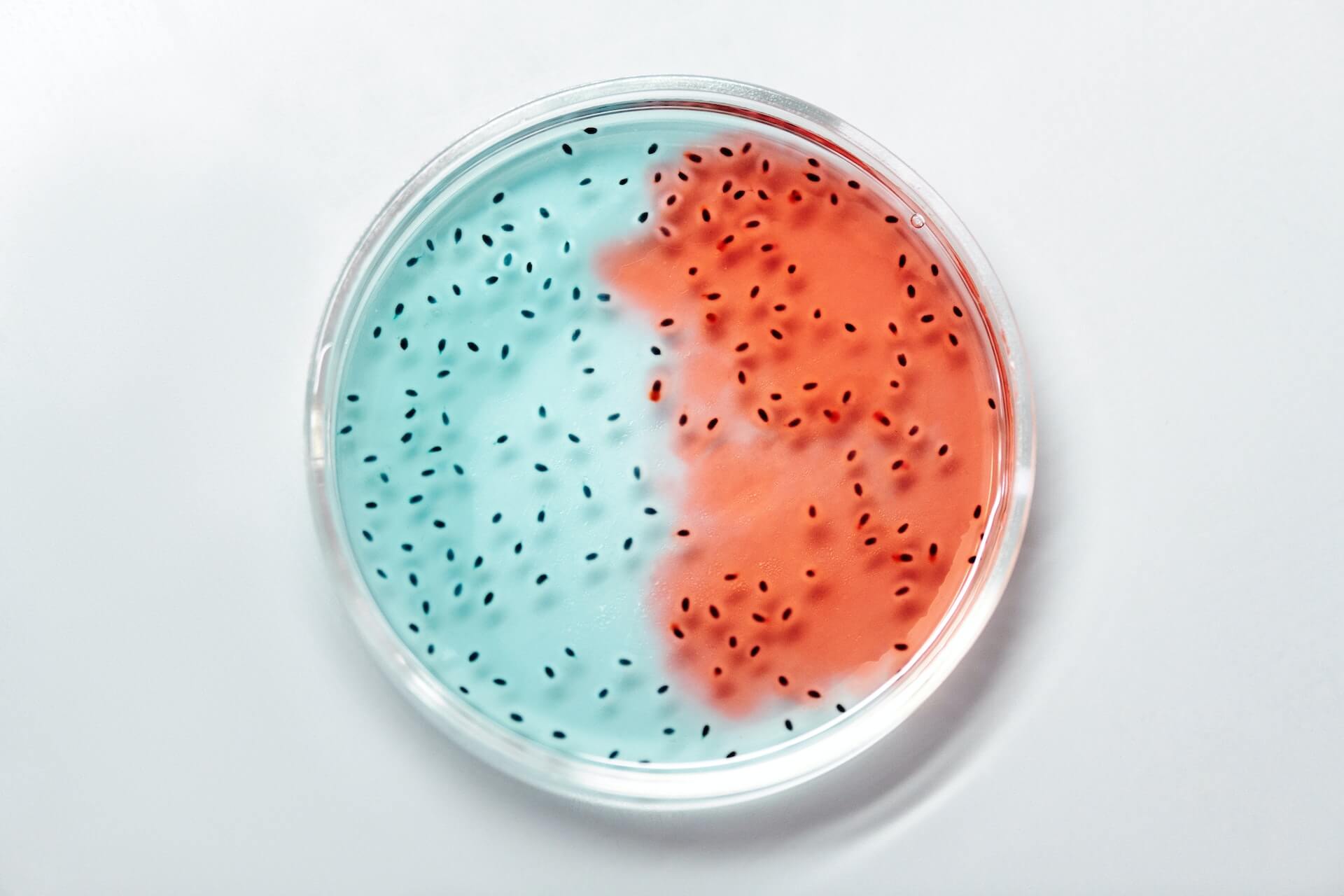When you hear the term freeze drying, what often comes to mind is food. Freeze drying may be a widely used technique for food preservation, but it also applies to medication, vaccines, and other substances for scientific research and treatment. This article covers pharmaceutical freeze drying, its benefits, how it works, and common examples.
What is Freeze-Drying?
Freeze drying (or lyophilization) preserves products, resulting in less weight, increased stability, and longer shelf life. The application of freeze drying in pharmaceutical industry is highly beneficial since many antibiotics and vaccines tend to be heat-sensitive, which makes them susceptible to damage [*].
Compared to other drying techniques that are heat-based, freeze drying removes moisture from pharmaceuticals without changing their properties. This is why it’s considered the best in terms of producing quality products.
Note that the equipment used for foods and pharmaceuticals is different.
Food preservation requires a home freeze dryer, whereas vaccines, antibiotics, bacteria, and viruses require a pharmaceutical freeze dryer. The latter has a broader temperature range and it’s more expensive than home versions.
Can Pharmaceuticals Be Freeze-Dried?
Freeze drying pharmaceuticals has now become a standard practice in many companies.
An article published on Frontiers in Chemistry stated:
“In 2016, 50% of the new drugs approved by the FDA were biopharmaceuticals, and about 50% of the approved biopharmaceutical drugs in the FDA and EMA lists requires freeze-drying in the manufacturing process.” [*]
Biopharmaceuticals refer to drugs that have been extracted from living cells, proteins, and tissues (in short, life forms) for diagnostic and therapeutic purposes.
A paper from Ghent University’s department of pharmaceutical analysis notes:
“The largest fraction of freeze-dried biopharmaceutical products are therapeutic protein formulations and vaccines. Influential biopharmaceutical companies predict a compound annual growth rate (CAGR) of 4.4% for biopharmaceutical products as contrasted to small-molecule products with a growth rate below 1%.” [*]
Advantages of Freeze Drying Pharmaceuticals
Here are important reasons for pharmaceutical companies and decision makers to consider freeze drying in their manufacturing process:
- While freeze drying requires heat to vaporize frozen water, it avoids too much heat to protect product integrity.
- Ensures that vaccines and monoclonal antibodies (clones of your own antibodies that help fight infection) requiring immediate administration can be used on time.
- Less damage and increased stability of antibodies for up to 5 years with the right storage conditions. It is also said that freeze-dried bacterial strains can last up to 30 years.
- As long as a product has undergone freeze drying, it can be transported at room temperature for longer periods. This reduces transportation costs since cold chains won’t be necessary anymore, especially when exporting samples over long distances [*].
Pharmaceutical freeze drying may be more expensive and time-consuming than spray drying, but it produces robust quality. This makes freeze drying worth it in the long run, especially when it comes to shelf life, stability, storage, and transportation.
Pharmaceutical Freeze Drying Process
Essentially, freeze-dried pharmaceutical products are the result of a three-step process, which includes:
- Freezing: The aqueous product undergoes freezing and this is done quickly to prevent large crystals from forming that might rupture the cell walls of the material.
- Primary Drying (Sublimation): This is the second phase of the freeze drying process in which pressure is reduced and heat is applied to vaporize the frozen water. This process takes around 10 hours to complete but it can also last for several days depending on the sample [*]. Once primary drying is complete, 93-95% of the water has already been sublimated out.
- Secondary Drying (Adsorption): This is the final phase in which temperature is increased even further to remove residual moisture. It needs to be carried out carefully to prevent overdrying and under-drying [*]. Adsorption is done usually for samples that are to be stored long-term. This stage brings down the residual moisture in the product to only 1-2%.
Freeze-dried pharmaceuticals are then packaged using different options. Examples are glass vials with rubber stoppers and aluminum crimping caps as well as dual-chamber systems, which can be syringes or cartridges.
Pharmaceuticals Suitable for Freeze Drying
Examples of freeze-dried pharmaceutical products are:
- Vaccines
- Antibodies
- Red blood cells
- Plasma (for easy transfusion during heavy blood loss or hemorrhagic shock)
- Hormones
- Bacteria
- Viruses
- Enzymes
- Tablets for controlled drug release (medications with the label “CR” after their name)
- Probiotics
- Vitamins and minerals
- Collagen peptides
- Electrolytes (e.g. coconut water powder)
- Active pharmaceutical ingredients (active components in drugs that produce the desired effect in the body. For example, acetaminophen in Tylenol.)
Conclusion
We hope that this article has helped you appreciate the benefits and applications of pharmaceutical freeze drying. Product stability, shelf life, and optimized transportation are some of the biggest reasons to use this technology on sensitive substances and biologicals.
If you have further questions or you need a facility that can manufacture pharmaceuticals for you, contact Empire Freezing & Drying on this page. You’re also free to speak with our experts on your research and development needs.



